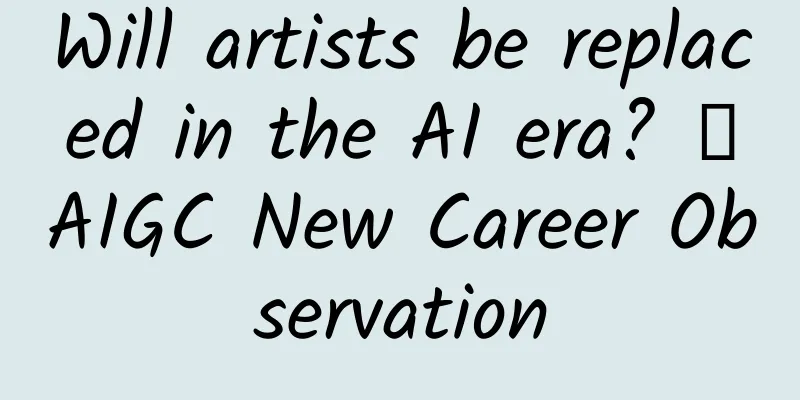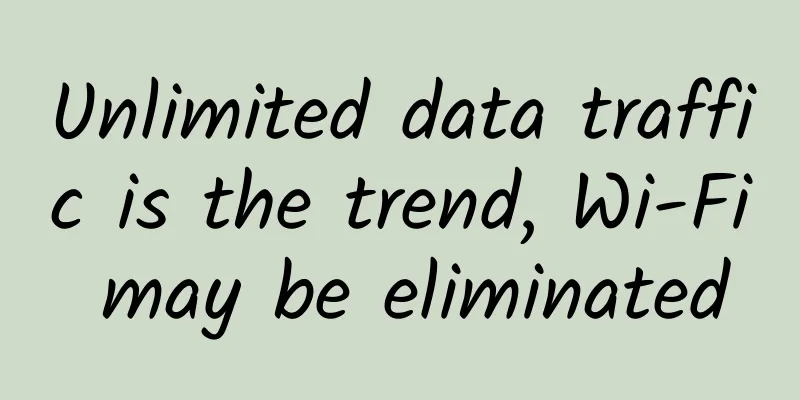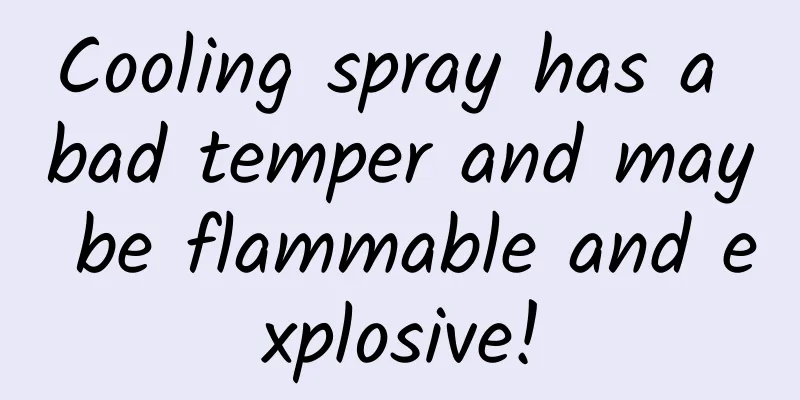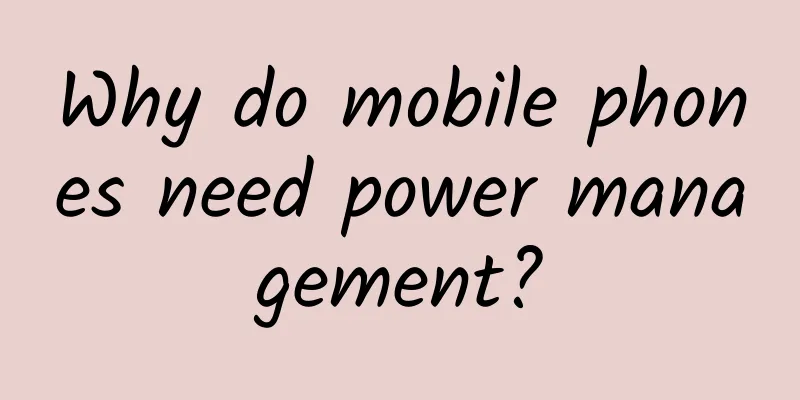Will artists be replaced in the AI era? 丨AIGC New Career Observation

|
Can AI become the “Ma Liang’s magic brush” that creates art? Chen Baoyang, a technology artist from the Central Academy of Fine Arts, is conducting an experiment in technology and art. His novel artistic creations can also be called thought experiments on technology and art. He combines traditional culture with AI, makes AI-generated calligraphy with emotions, uses AI to make shadow plays, and even wants to create an AI-driven ecosystem... Chen Baoyang said: " In the past, I imagined that AI would become my collaborator. But now, AI and my creations are almost symbiotic. " The following is the conversation with Chen Baoyang: Q: Teacher Chen, please introduce yourself first. Chen Baoyang : I have been working on technology art. The most popular development now is the integration of AI and art. I started working in the direction of AIGC around the end of 2017 and the beginning of 2018. Q: How do you understand AI technology? Will AI’s involvement in artistic creation affect or even restrict artistic creation? Chen Baoyang: The AI in my imagination is like Doraemon's pocket, from which I can take out a tool at any time to enable me to create better art. I think artists always hope to get better tools, whether out of curiosity or creativity, so I think technology should not be a restriction on art . Q: What do you think artists should pursue when creating with AI? What is the relationship between AI and artists? Chen Baoyang : I think artists in the context of AIGC are no longer just pursuing one painting after another. We should pursue whether artists can get their own AI model and let this model continuously help them generate pictures. At this time, it is not important how many paintings AI has drawn. What is important is that AI has the ability to produce continuously. So based on this idea, I think AI and artists should have a symbiotic relationship rather than a competitive relationship . Of course, when the bionic world really comes in the future, there will be competition between people. Chen Baoyang's AI work "Reconstructing Landscape" | Image provided by Chen Baoyang Q: If AI is involved in the process of artistic creation, what do you think is the relationship between technology and art? Chen Baoyang : From a romantic perspective, I would imagine AI as my collaborator. Of course, treating AI as a collaborator may have been a fashionable idea ten years ago, but now everyone can accept it. In addition, in addition to treating AI as a means or a tool, I also want to treat it as a "creative material", which you can understand as a "creative theme", which is what I am trying to do now. Q: Can you introduce an AI art project you have hosted? Chen Baoyang : We have done an AI calligraphy project . It started around 2017 when some AI scholars or engineers in the field began to think about whether AI can create. At that time, AI could generate very good-looking images, but we would question whether the AI generated what we wanted. Because whether it looks good or not is different from whether it can meet our needs. For example, when AI generates cats, puppies, or flowers, after AI finishes making the image, there is no universal standard to judge whether it is good or accurate. At this time, I thought of our country's traditional calligraphy art. First of all, calligraphy is an art form. Secondly, calligraphy has certainty, that is, if you can recognize a word, it is correct. So we fed a lot of calligraphy works to AI to train it. Later, we wanted to try to control the generation of AI images. How to control it? We need a limiting condition, and I thought that "calligraphy emotion" might be a good thing. Why? First of all, emotions are complex enough. Secondly, in the field of art, we can propose expressions of emotions based on different levels. AI-generated calligraphy works | Image courtesy of Chen Baoyang Q: What is the emotion of calligraphy? Chen Baoyang : If you look at many calligraphy posts nowadays, such as the memorial to one’s nephew, the words themselves are full of emotions. For example, a calligrapher writes an article to mourn his nephew, or to express his feelings for his country, or to express his resentment of having unfulfilled ambitions. In the process of writing, the calligrapher expresses his emotions. More advanced, the emotion of the text may not be consistent with the mood of the creator. Can an "artist" with a calm mood draw an angry painting? These questions run through our entire AI calligraphy research work. Finally, our work is called " emotion-driven calligraphy generation ". For example, when we input a sentence, our system can generate a calligraphy work, and this calligraphy is generated based on AI's understanding of the poem to simulate the calligrapher's emotions. Q: Why do you want to do calligraphy? Chen Baoyang : In addition to the deterministic characteristics of calligraphy that I mentioned above, it is also because it is a kind of traditional culture. The starting point of my research is to see what interesting things can be made when new digital technologies are used to reinterpret traditional culture. I call this attempt "looking back at tradition through the lens of the times." The purpose is not to comment on tradition, but to "look" at those traditions from the perspective of new digital technologies such as AI, and to see the reflection of the times. Of course, because I am an artist myself, I am very curious. I want to do it myself and try it, so I thought of using AI to generate calligraphy. Q: Will your creative ideas change with the addition of AI? Chen Baoyang: Yes. Because my creative ideas follow the development of AI. AI and my creations are almost symbiotic. One of my creative ideas is to first look at a technology, see what it can do, and then go back to find an art form that can be properly matched, and create on this basis. Q: Can you give an example based on this creative idea? Chen Baoyang : I used to work on shadow puppets. This time, we don’t want to generate images, but use AI to generate videos. But there were some problems with AI-generated videos at the time, such as frame skipping and jittering. In traditional art forms, shadow puppets also jitter in visual perception, so this was the most direct factor that influenced my choice of shadow puppets. The creative idea behind this was: Let me see what the latest technology is like now? Can I make it serve the most appropriate place? Q: What was your biggest vision for AIGC when you first started using AI to create works? How is it today? Chen Baoyang : When I was studying, I hoped that AI could become my collaborator. I wrote a paper about this at that time. This was the first stage of AI development, AIGC. The second stage was AI-driven interaction, which is similar to the RPG games we played when we were young. For example, if you go out today and interact with the society, you will have dynamic interactions, which may eventually lead to a fixed ending. This is AI-driven interaction. Now, I think it is the third stage of AI development - using AI to build an ecosystem . It is equivalent to that we have moved from the initial imagination of "whether AI can create and imagine" to a deeper level of thinking - "whether machines have consciousness and intentions." So now that AI has developed to this point, it is already a fully usable tool. I think we can’t just stop at the stage of imagining it. As an experimental artist, I want to do whatever AI can try, just like a painter holding a brush and paint on a canvas, he can do whatever he wants. My current idea is to use AI to simulate multiple intelligent agents and build an AI ecosystem. The artist sets the rules of this ecosystem. All roles and elements in this system can interact and achieve self-circulation and self-driving. When the interaction is complex enough, we as the audience cannot fully predict its results. This ecosystem is close to the real world. This is multi-agent simulation, which is a kind of social simulation. When AI reaches this level, it truly meets the artist's imagination: dare to be the creator, dare to create the world! Q: Have you started experimenting with AI multi-agent simulation? Chen Baoyang : Yes, I hope to put multi-intelligence simulation into the structure of traditional Chinese stories. For example, what exactly did Nuwa repair the sky? Is it possible that she repaired an interstellar gate? If I give AI a narrative framework and let it simulate the events and details of the story of Nuwa repairing the sky or Pangu creating the sky, is it possible? You can imagine all of these. Copyrighted stock images, reprinting and using may cause copyright disputes Q: What is the most interesting AI+ case you have seen? Chen Baoyang : One is the Stanford Town last year. This project is a town with 25 AIs living in it. They live, work, socialize, and even fall in love like humans. Each AI has its own personality and story. The city where AIs live also has bars, coffee shops, parks, schools, residences and other places for them to live. The AIs living in Stanford Town are connected and influence each other, and their behaviors are driven by a large language model. The other is an upgraded version of Stanford Town. In order to further realize the "Western World" of AI, the Project Sid team added rich elements such as democracy, social supervision, social roles, hierarchy, trade, economy, religion, etc. Just like humans, AI agents have more complicated thoughts. For example, they can reveal their intentions and share their dreams in communication. The project team also gave AI agents an instant thinking activity, in which the intelligent body can reason and reflect, and generate or change its original goals in real time to adapt to changes in interaction. Planning and production Author丨Dongding Oolong Popular Science Creator Interviewee: Chen Baoyang, Technology Artist at the Central Academy of Fine Arts Review丨Yu Yang, Head of Tencent Xuanwu Lab Planning丨Lin Lin Editor: He Tong Proofread by Xu Lailinlin The cover image and the images in this article are from the copyright library Reprinting may lead to copyright disputes |
<<: The world's thinnest pasta is born! Researchers say: It's inedible
>>: Does the weight loss drug semaglutide shrink the heart? Scientists offer suggestions →
Recommend
Planting grass! Can reclaiming saline-alkali land and planting forage grass protect the ecology?
Salinization is known as a stubborn disease of th...
Is the era of life sciences coming?
At Huawei's 19th Global Analyst Conference wh...
Apple and Samsung's market share has both declined. Why are domestic mobile phones rising?
In the first quarter of this year, Apple and Sams...
Middle-aged people die of melanoma. The "effect" of ultraviolet rays is beyond your imagination.
The benefits of ultraviolet light to people go fa...
What are the risks of LeTV's stock market after its resumption of trading?
This is a highly anticipated resumption of tradin...
High-end consumption returns to China, and Chinese home appliance losers strike back
With the emergence of a new round of "return...
After viewing more than 100,000 information flow ads, I summarized these 4 optimization directions!
After reading this article, you will get the foll...
Electric Technology Car News: Wuling, Changan, Dongfeng and other brands are competing to see who can become the overlord in the field of home MPV
Since the second-child policy was implemented, mo...
How much does it cost to customize a catering WeChat mini program?
Q: How much does it cost to customize a catering ...
After the traffic dividend disappears, how to play information flow advertising?
After the rapid development of mobile Internet in...
Wi-Fi speed test: iPhone 6 is inferior to Samsung S6
Remember the last battle of the best smartphones?...
Complete channel drainage in 4 steps to double your new customer acquisition and conversion efficiency!
When many online education companies are first es...
Not a barber but a "nanny", revealing the "magical job" of zoo keepers
Not long ago, a lion with bangs became a hot topi...
Google's hardware lineup gets a major update! There are as many flaws as highlights
The annual Google hardware launch event is over. ...
The release of a web drama "Fleeting Time" created Chinese film and television history
Jiu Ye Hui's novel "Fleeting Time" ...









